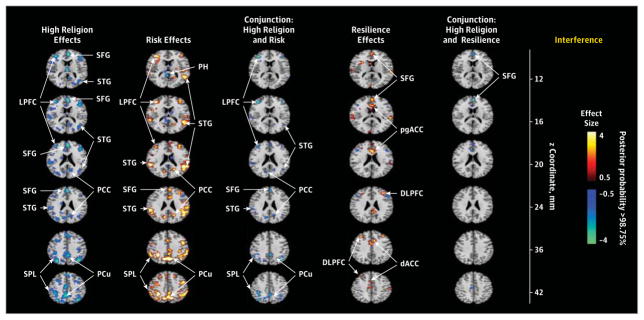Figure 5. Association of Activations With Importance of Religion.

The first column shown the comparison of interference-related activations in participants for whom religion was of high importance (n = 23) vs participants for whom religion was of low importance (n = 74), while controlling for age, sex, interference scores, and risk group. The second column shows the risk endophenotype in the selected slices, whereas the third column shows the conjunction of activations in the first and second columns, in effect identifying activations associated with the importance of religion that are located within the risk endophenotype. The fourth column shows the resilience endophenotype in the selected slices, and the fifth column shows the conjunction of the first and fourth columns, identifying activations associated with the importance of religion that are located within the resilience endophenotype (high importance of religion was associated with a more prominent deactivation of the superior frontal gyrus in 2 adjacent slices). A similar conjunction of the first column with the effects of lifetime illness was empty and therefore is not shown. The high importance of religion is associated primarily with reduced activation within regions that constitute the risk endophenotype. dACC, indicates dorsal anterior cingulate cortex; DLPFC, dorsolateral prefrontal cortex; LPFC, lateral prefrontal cortex; PCC, posterior cingulate cortex; PCu, precuneus; pgACC, pregenual anterior cingulate cortex; PH, parahippocampus; SFG, superior frontal gyrus; SPL, superior parietal lobe; and STG, superior temporal gyrus.
